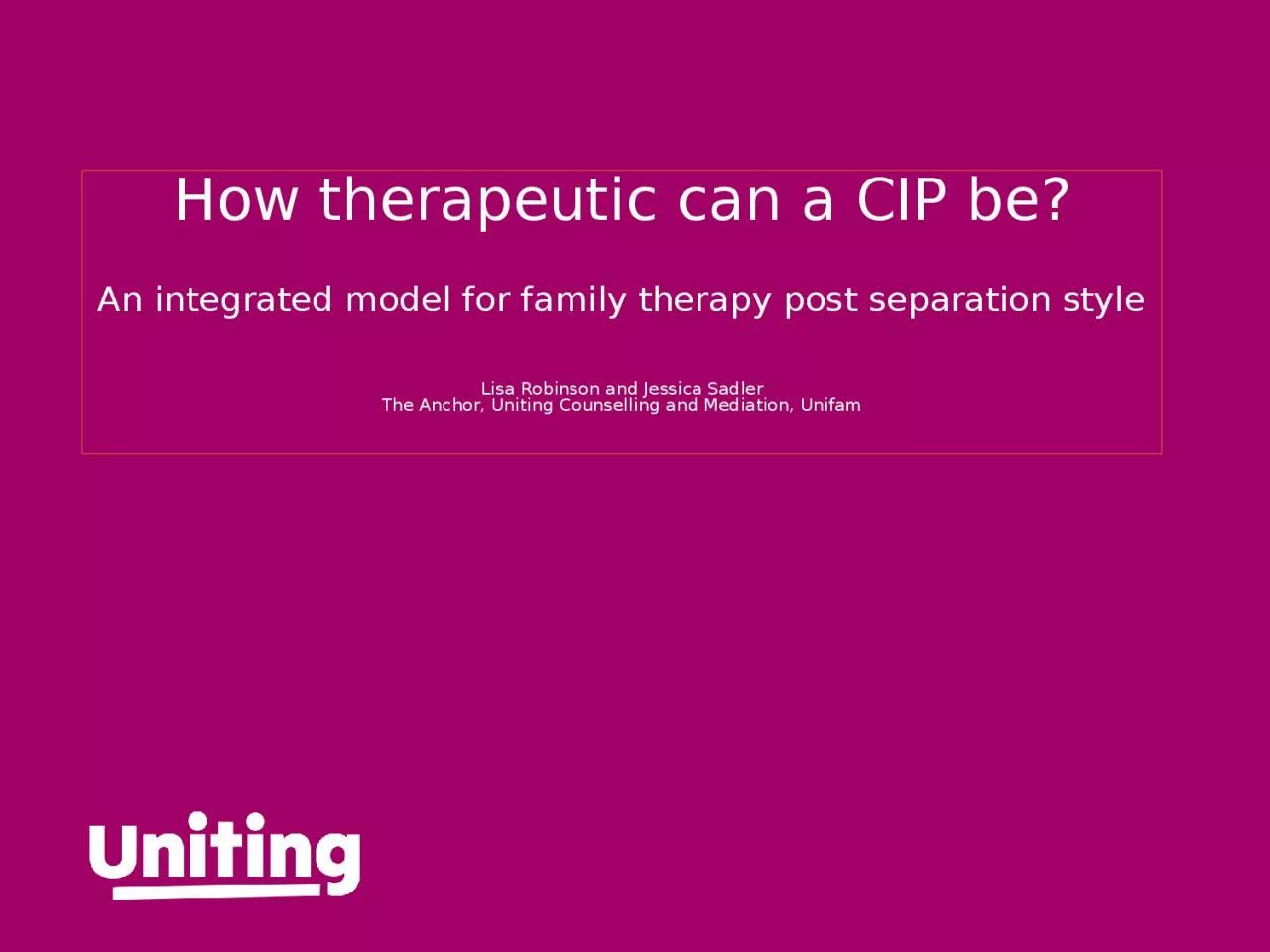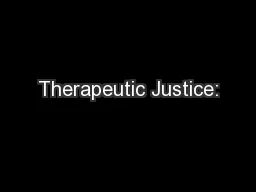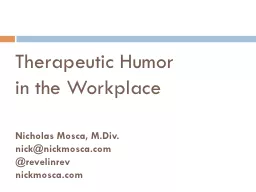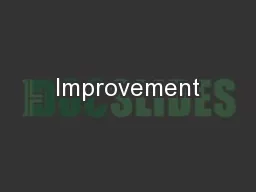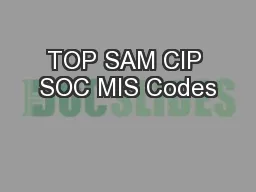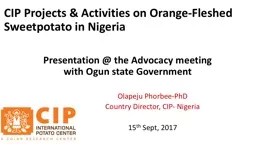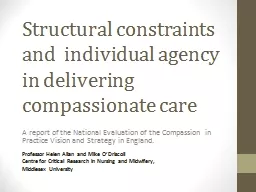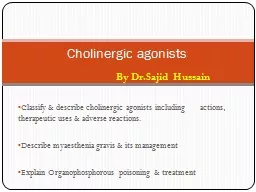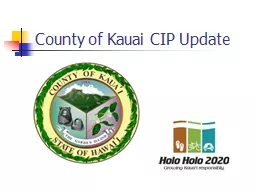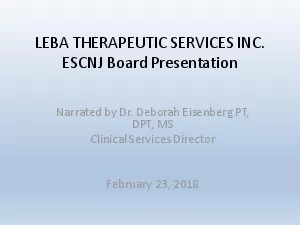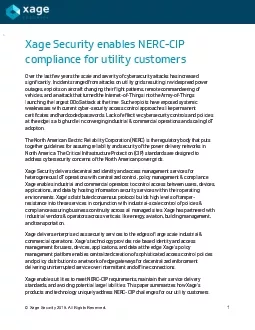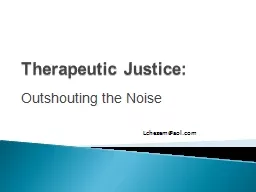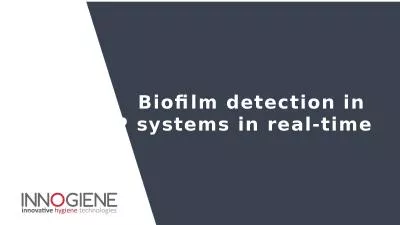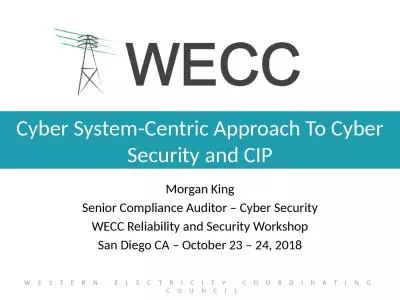PPT-How therapeutic can a CIP
Author : nicole | Published Date : 2024-03-13
be An integrated model for family therapy post separation style Lisa Robinson and Jessica Sadler The Anchor Uniting Counselling and Mediation Unifam Articulating
Presentation Embed Code
Download Presentation
Download Presentation The PPT/PDF document "How therapeutic can a CIP" is the property of its rightful owner. Permission is granted to download and print the materials on this website for personal, non-commercial use only, and to display it on your personal computer provided you do not modify the materials and that you retain all copyright notices contained in the materials. By downloading content from our website, you accept the terms of this agreement.
How therapeutic can a CIP: Transcript
Download Rules Of Document
"How therapeutic can a CIP"The content belongs to its owner. You may download and print it for personal use, without modification, and keep all copyright notices. By downloading, you agree to these terms.
Related Documents

